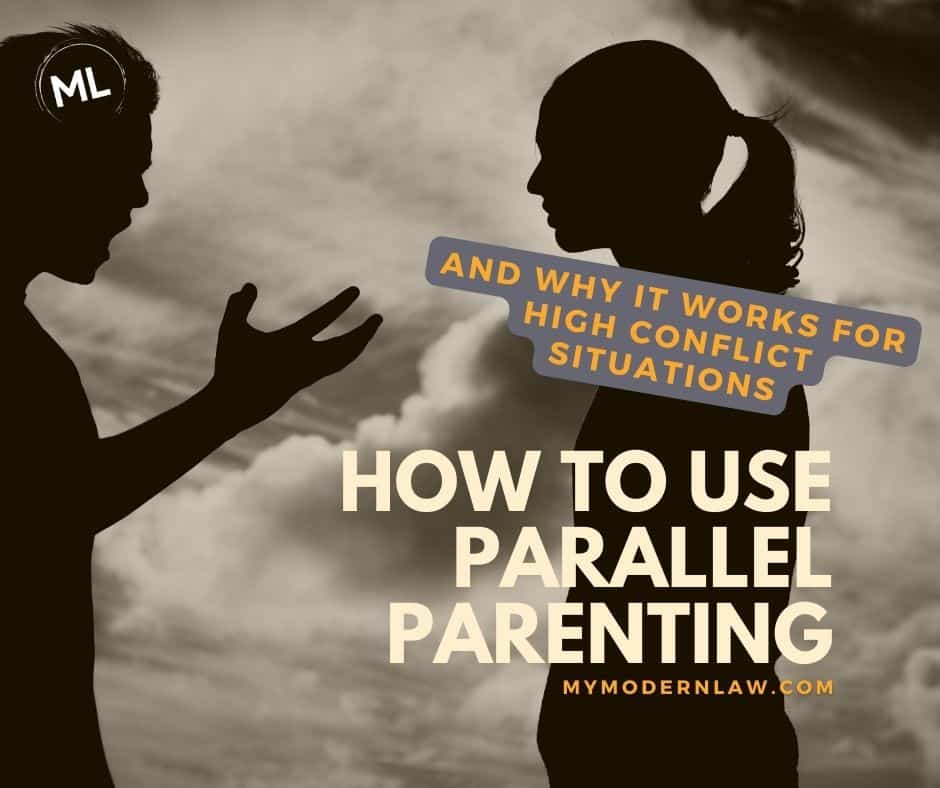The journey of divorce is challenging, not just for the couples but especially for the children involved. As parents seek to find a middle ground post-separation, they often face the conundrum of establishing a balanced co-parenting routine. Enter “Parallel Parenting”, a relatively new concept but one that’s gaining traction, especially in high-conflict divorce scenarios. In this article, we’ll delve into the nuances of parallel parenting and how it aids in setting distinct boundaries in each household.
Understanding Parallel Parenting
Parallel parenting is an alternative to the traditionally favored co-parenting. In co-parenting, both parents actively communicate and collaborate about every detail of their children’s lives. But for some, this frequent communication can perpetuate conflict, making co-parenting counterproductive.
Parallel parenting, on the other hand, is designed for parents who find it challenging to communicate without disputes. Instead of collaborating on every aspect, each parent establishes their own set of rules and routines in their respective households. This doesn’t mean that they’re operating in completely different universes; instead, they’re running things in a way that’s harmonious to their household while maintaining the child’s overall well-being.
The Benefits of Boundaries in Parallel Parenting
The foundation of parallel parenting rests on creating boundaries, and these boundaries serve several essential functions:
- Reduced Conflict: By limiting direct communication about everyday decisions, parents can avoid frequent confrontations. Critical issues are addressed, but the day-to-day decisions are left to the parent who has custody at the time.
- Consistency and Stability: Children can benefit from routines, even if they vary from one home to another. Knowing what to expect at each parent’s house can provide a sense of stability. For instance, bedtime might be earlier at mom’s house and later at dad’s, but as long as it’s consistent in each home, children can adjust.
- Empowerment for Each Parent: Parallel parenting allows each parent to take charge of decisions without the constant need for negotiation or approval from the other party. This can be empowering and lead to a healthier parenting environment.
Setting Effective Parallel Parenting Boundaries
For parallel parenting to work, clear boundaries must be established:
- Communication Channels: Instead of direct confrontations, choose neutral communication methods. Many divorced parents opt for email or use specialized co-parenting apps that allow them to document and track conversations.
- Decision-making Clarity: Decide which decisions will be joint and which will be individual. For instance, major decisions about education or health might still need collaboration, while smaller day-to-day choices can be made independently.
- Respect is Key: While you might not agree with the other parent’s household rules, it’s essential to respect them. Children should not be put in the middle or made to feel guilty about the differences in each home.
Parallel parenting is an innovative approach for divorced parents struggling with high-conflict communications. By setting clear boundaries and allowing each parent to take charge in their household, it offers a way to prioritize the child’s well-being without the constant strain of collaboration. As with any parenting strategy, the primary focus should always be the emotional and physical health of the child. Her at Modern Law, we emphasize the need for effective solutions post-divorce, and parallel parenting is a promising avenue for many seeking that peace and stability for their children.








